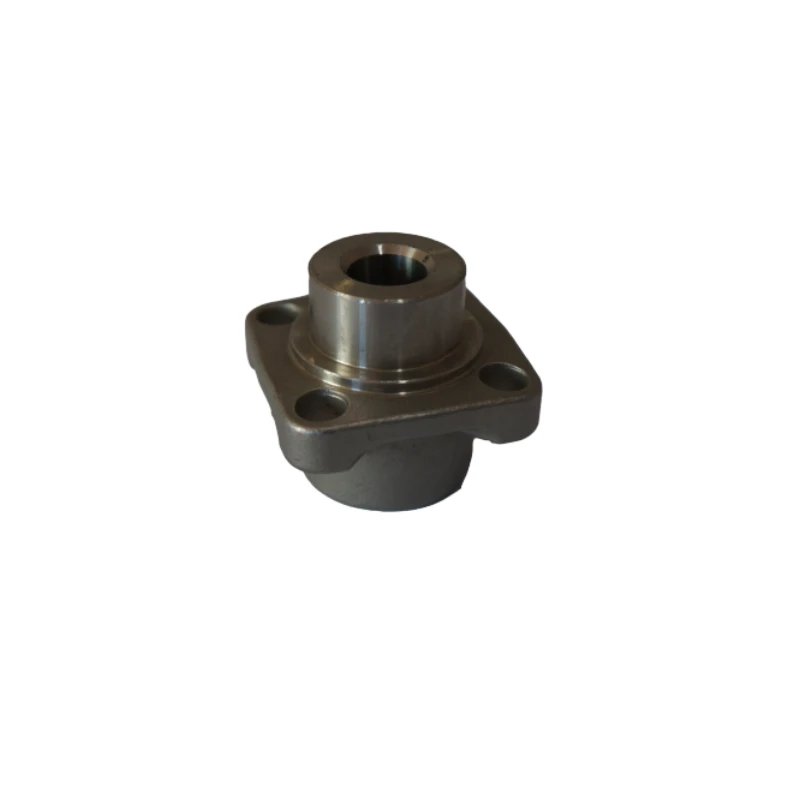advantages and disadvantages of sand casting
Advantages and Disadvantages of Sand Casting
Sand casting is one of the oldest and most commonly used metal casting processes. It involves pouring molten metal into a mold made of sand, which is then allowed to cool and solidify. While sand casting offers various benefits, it is essential to consider its limitations as well. This article will delve into the advantages and disadvantages of sand casting to provide a comprehensive understanding of its application in modern manufacturing.
Advantages of Sand Casting
1. Cost-Effectiveness One of the primary advantages of sand casting is its cost-effectiveness. The materials used in sand casting, primarily sand, are inexpensive and readily available. Additionally, the production of molds does not require complex machinery, which further reduces costs.
2. Versatility Sand casting is highly versatile and can be used to produce a wide variety of shapes and sizes. From small components to large industrial parts, this method can accommodate various design requirements, making it suitable for multiple industries, including automotive, aerospace, and heavy machinery.
3. Complex Geometries The technique allows for the production of intricate geometries and detailed designs. Sand molds can be easily modified, enabling the casting of complex shapes that may be challenging to achieve with other methods. This flexibility in design is particularly beneficial in industries where components must meet specific performance criteria.
4. High Tolerance Levels Sand casting can achieve reasonably high tolerance levels, making it suitable for producing components that require precision. The ability to control factors such as cooling rates and pouring techniques can enhance the dimensional accuracy of the final product.
5. Large Production Runs Sand casting is efficient for large production runs. Once the mold is created, multiple castings can be made without significant additional setup costs, allowing manufacturers to meet high demand without sacrificing quality.
advantages and disadvantages of sand casting

Disadvantages of Sand Casting
1. Surface Finish One of the significant drawbacks of sand casting is the quality of the surface finish. Sand molds often produce rough surfaces that may require additional machining or finishing processes to achieve the desired smoothness. This can add to the overall production time and cost.
2. Labor-Intensive Process While the initial setup may be cost-effective, sand casting can be labor-intensive. The process requires skilled labor to prepare the molds, manage the pouring of the molten metal, and ensure proper cooling. This dependence on skilled workers can introduce variability in production and increase labor costs.
3. Limited Material Options Sand casting is generally best suited for ferrous and non-ferrous metals, such as aluminum and steel. However, its applicability may be limited for certain materials, particularly those that are highly reactive or require precise properties that cannot be achieved through this process.
4. Longer Lead Times The setup time for sand casting can be longer than for other casting methods, such as die casting. The process of creating the mold involves a series of steps that can result in longer lead times, particularly for complex designs.
5. Porosity Issues Sand casting can sometimes result in porosity within the castings, which can negatively affect the mechanical properties of the final product. This issue arises from trapped air and gases in the mold, leading to reduced strength and durability.
Conclusion
In summary, sand casting is a widely used metal casting process that offers numerous advantages, including cost-effectiveness, versatility, and the ability to produce complex geometries. However, it is essential to weigh these benefits against its disadvantages, such as surface finish quality, labor intensity, and material limitations. Understanding these factors is crucial for manufacturers when deciding whether sand casting is the right approach for their production needs. By carefully assessing both the advantages and disadvantages, businesses can make informed decisions that align with their operational goals and project requirements.
-
crawler mounted drill rig-Baoding Hairun Machinery And Equipment Trading Co., Ltd.|Underground Drilling Solutions, Confined Space EfficiencyNewsAug.16,2025
-
Custom OEM Couplings | Precision Machining & ManufacturingNewsAug.16,2025
-
Advanced Drilling Solutions for Confined Spaces - Baoding Hairun Machinery | Crawler Mounted Drill Rig&Confined Space ApplicationsNewsAug.16,2025
-
Drill For Confined Spaces-Crawler Drill Rig for Mining Applications|Baoding Hairun Machinery And Equipment Trading Co., Ltd.NewsAug.16,2025
-
Crawler Mounted Drill Rig-Baoding Hairun Machinery And Equipment Trading Co., Ltd.|Compressed Air Power&Frame SupportNewsAug.15,2025
-
Crawler Drilling Rig - Baoding Hairun|Confined Space Drilling&Mine SafetyNewsAug.15,2025















